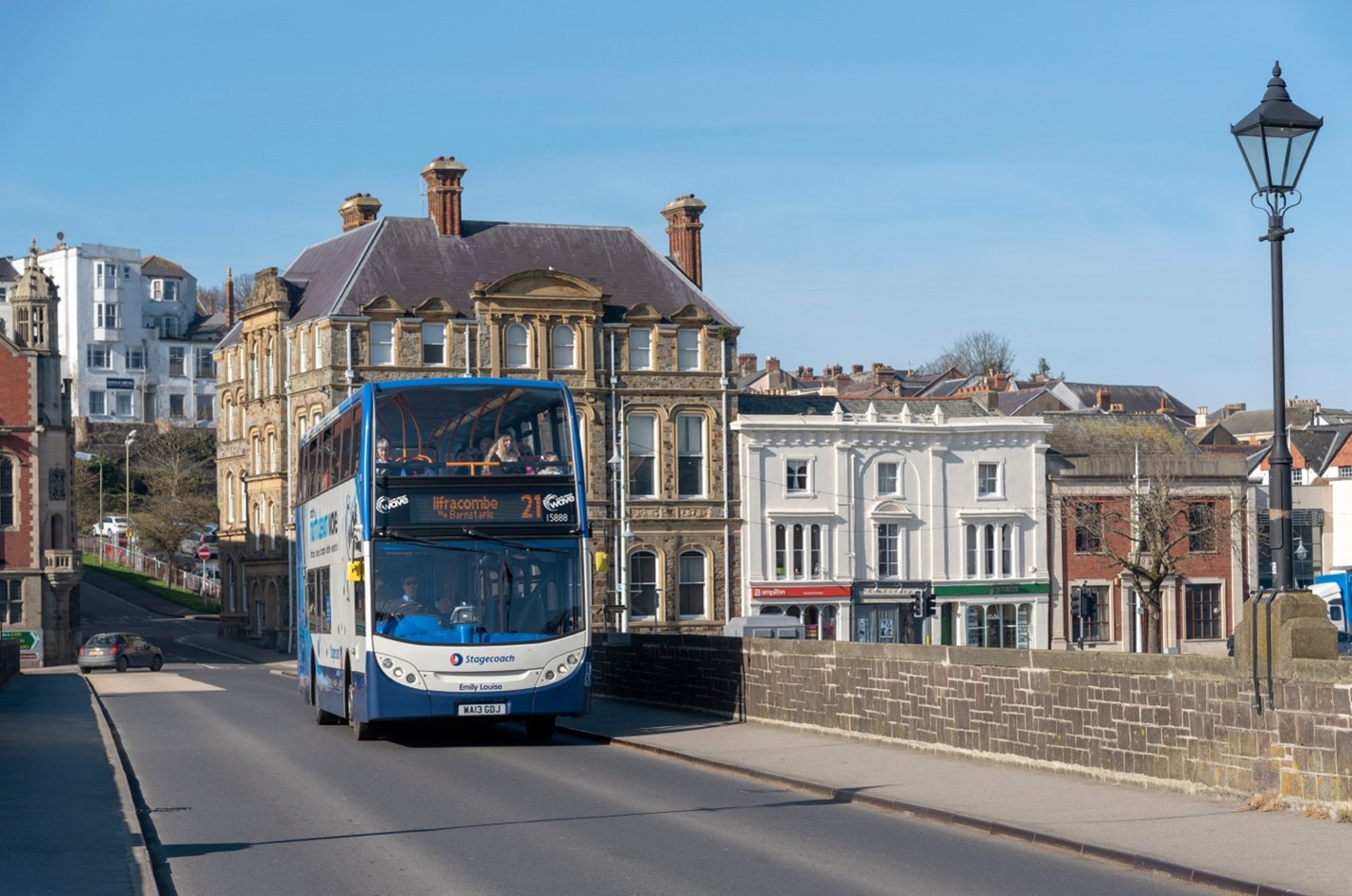

Vehicles, operators and passengers need change to make a positive difference on the entire bus network according to experts.
Join other savvy professionals just like you at CIHT. We are committed to fulfilling your professional development needs throughout your career
By John Challen
The bus sector has faced some major challenges in recent years, alongside the opportunities afforded to it to lead the way on greener, electrified travel.
However, big regional differences exist, depending on if the service runs in urban or rural areas, and passengers are often reluctant to speak out.
“As councils, we have various processes in place but ultimately it’s down to the end user to voice their concerns,” says Cathy Knight, Integrated Passenger Transport Manager at Durham County Council and Public Transport Lead at the Association of Transport Coordinating Officers (ATCO). “I think there's a missed opportunity there in terms of challenging government or regions on things that are impacting the network.”
Damien Jones, Deputy Director for Transport Operations, Environment and Waste, Devon County Council - and ATCO chair - believes that sometimes bus travel is seen as the ‘forgotten mode of transport’, especially when compared with rail.
“Here in Devon, we carry around four times as many people on buses as we do on rail,” he explains. “We've had real good success with reopening some rail lines, but that's had an impact on the bus network; very few people have been vocal about that, apart from those directly affected.”
When it comes to futureproofing bus fleets, the same frustrations exist, but on an operational level.
“In urban areas, embracing electrification applies but in rural locations there is a real issue because of the long-distance routes,” says Jones. “We've got some routes that, either because of the geography or the distance, can’t be converted to electric buses.
“A lot of the developments around buses ends up being very urban-centric and that applies to electrification [and] even how transport groups cascade the vehicles and allocate them within depot or company. Typically, the more rural sites get the older buses.”
Funding is available to improve the situation - Knight points to North Yorkshire Council’s successful Zero Emission Bus Regional Areas (ZEBRA) bid for funding to include a longer distance double deck electric vehicle - but more needs to be done.
“The answer is ongoing, sustainable revenue funding,” believes Jones. “We're constantly looking at all the different pockets of funding, when it's coming to an end, what might replace it, and where we get developer money to improve services. There are probably around seven or eight different pots that we bring together to work in an integrated way to try and sustain the network.”
Ultimately, what will really make a difference, is more passengers, thinks Knight.
“We need to consider the whole suite of policies not just [about] the bus, but around parking and managing congestion planning policy,” she reasons. “It needs a cohesive approach to ensure that the bus is an attractive option to people. That's one way of providing some resilience, but there is always going to be a need for services that will not be commercially viable.”
The key factor for satisfactory journey experiences for passengers is timeliness. This is true across all operations whether it’s towns or cities, says David Sidebottom, Director at independent watchdog Transport Focus.
“When [we] asked bus passengers to rank the factors that were their priority for improvement, of the top five factors, more buses on time at the stop and more bus journeys on time featured in the top three,” he says. “Passengers depend on a reliable and punctual bus service to get to work, places of education, important appointments and all the other opportunities that a good network can deliver. Doing this consistently build trust too.”
The company has also conducted research with those who choose not to use the bus and they ranked buses not running on time as the fifth biggest barrier to using the bus.
“This may be based on perception, but with little information in the public domain about bus journey reliability and punctuality, is it really a surprise that perception becomes a reality?” concludes Sidebottom.
>>> The Bus Centre of Excellence has recently released a blog on rural bus services
Main image: bus passing over the Bideford Long Bridge en route to Ilfracombe, Devon; credit: Shutterstock
Join other savvy professionals just like you at CIHT. We are committed to fulfilling your professional development needs throughout your career
{{item.AuthorName}} {{item.AuthorName}} says on {{item.DateFormattedString}}: